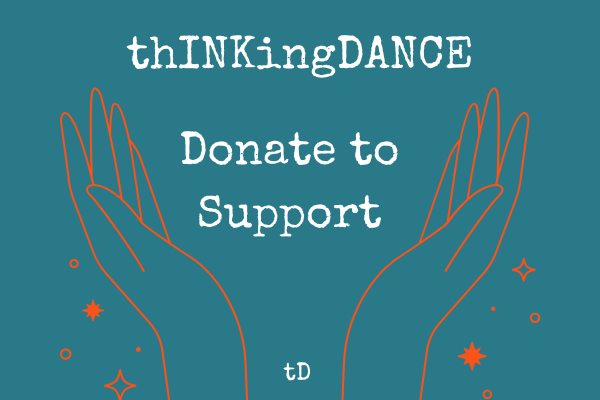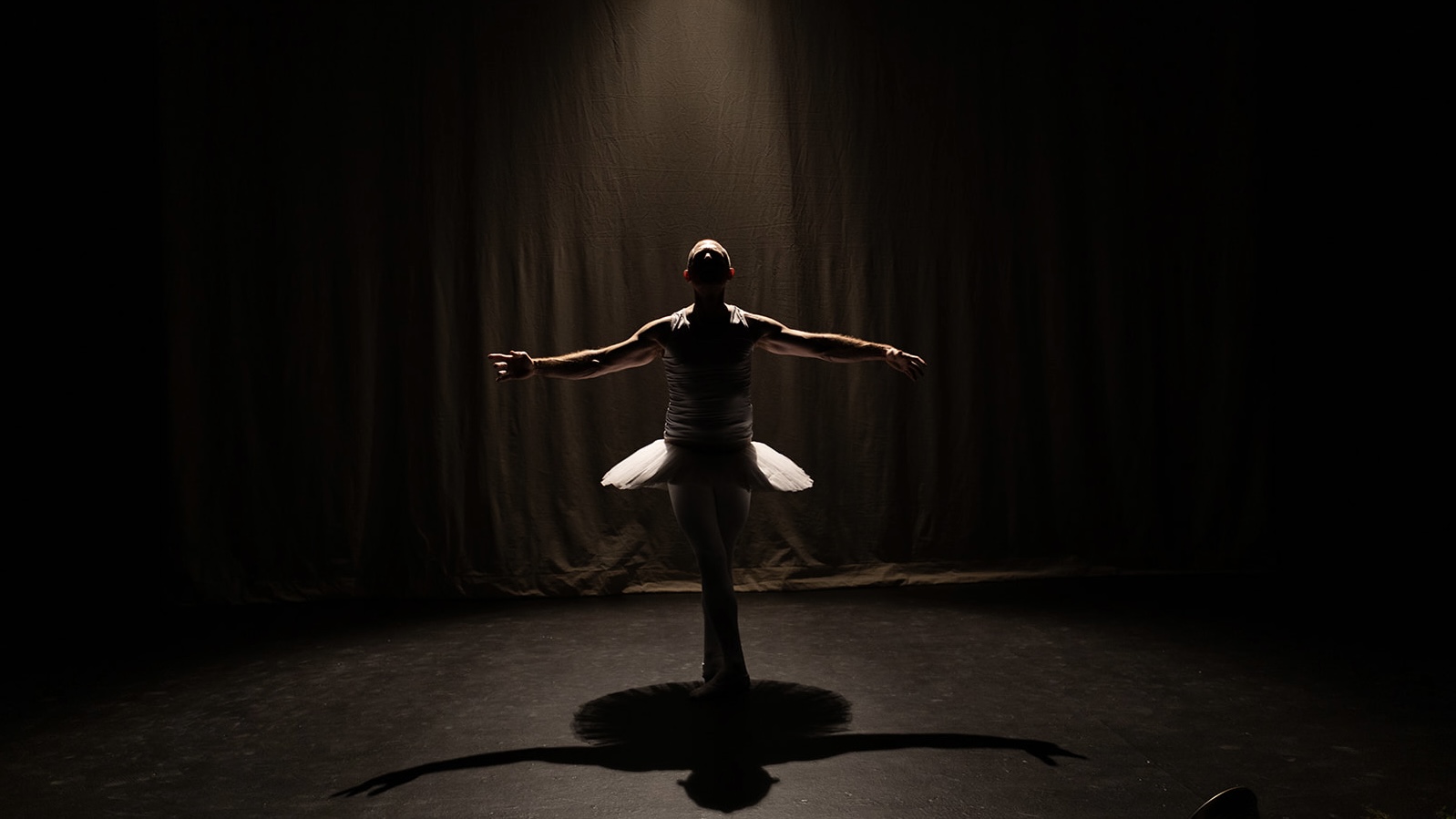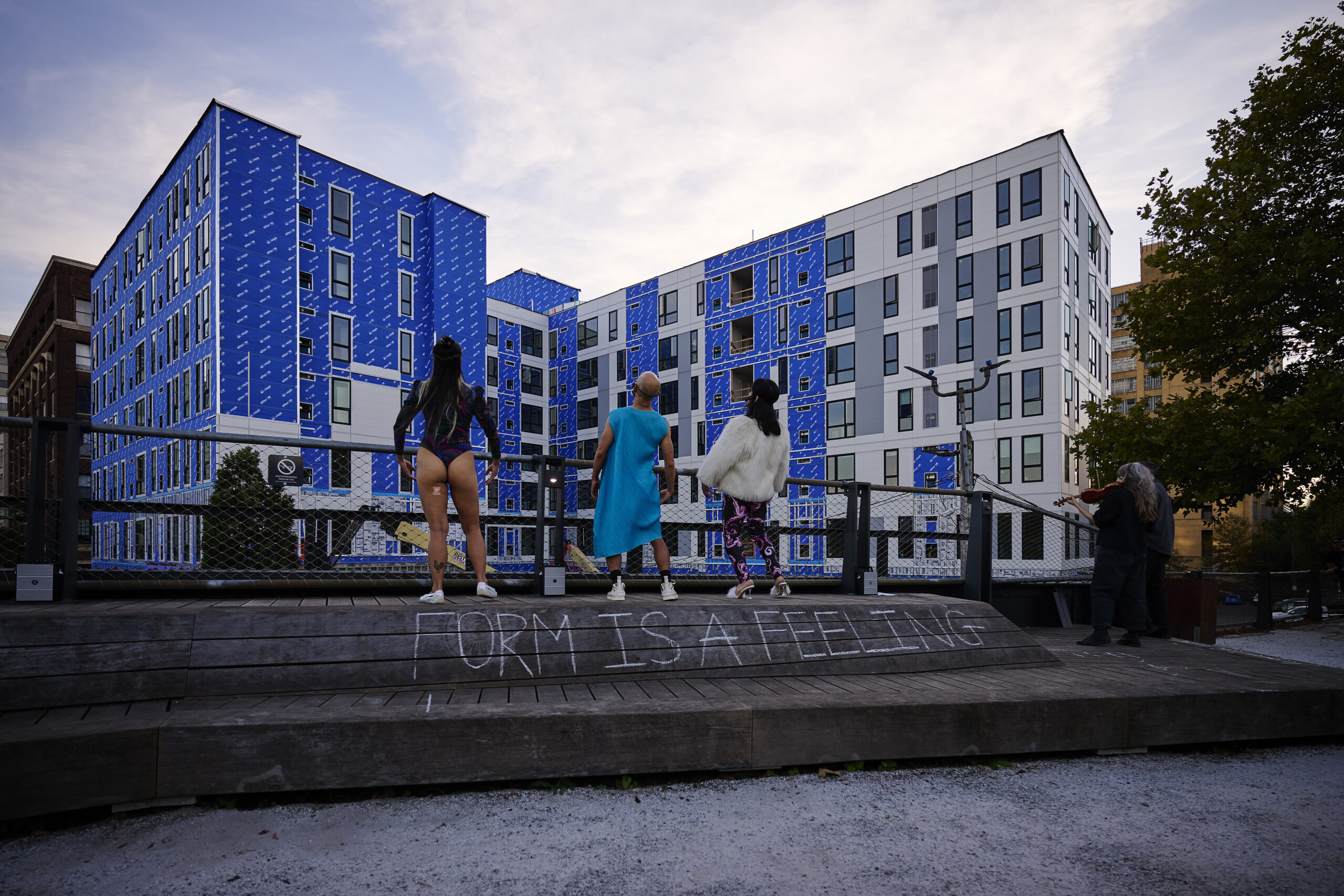In a place where painted nails and sweeping eyelashes are no indication of gender, I enter a living-room-turned-spooky-stage with lead producer Robi Hager and performers Eric Jaffe and Miss Elaineous to chat about the original drag musical BASIC WITCHES, directed by Steve Pacek, book and lyrics by John Treacy Egan, and music and lyrics by Hager.
Whitney Weinstein: How was BASIC WITCHES born?
Robi Hager: John and I wrote this hour-long, independently produced children’s musical called The Real Wicked Witches of Halloween Hills in 2015. I’ve always had a fascination with witches and horror. There’s something about the feminine power that witches bring that always spoke to me. Then we thought, “Why don’t we make this into a drag musical?“
WW: What is drag?
Eric Jaffe: You could ask a hundred drag performers that question and get a hundred different answers. It’s self-expression. It’s limitless—everything and nothing at the same time. The only rule is there are no rules. The earrings you’re wearing could be drag if it makes you feel a certain way.
Miss Elaineous: To me the main thing is blurring gender lines.
RH: What you put on creates you, and whatever comfort that gives you is who you become. When we are outside the show, we are in a marginalized world. Here we have liberty to give it perspective.
EJ: To me it’s about comedy and making people laugh, but to some it’s very serious.
WW: Was drag always a part of BASIC WITCHES?
RH: There were no elements of drag in the initial production. People came into the audition and that solidified the drag personas. I tailored it towards the cast members’ stories.
RH: That adultified it. We can play into innuendos a little more.
EJ: It also gave us room to experiment and collaborate.
WW: It seems like you’re blending a few genres of art forms together?
ME: In my own life, I’ve been mashing together theater and drag. One I’ve been doing for over twenty years and the other for 5 months. There’s a lot of drag in Philadelphia but in two distinct worlds: bar and theater.
RH: Those worlds elevate each other in a way.
WW: Why is bridging those worlds important?
ME: It’s a learning experience because a theater drag audience is different than a club drag audience and I think these audiences can learn from the performers, from either sphere. That’s really what art is about: exposure to new things, like putting a theater goer into a bar with a bunch of gay men.
EJ: Drag is accessible to people with shows like RuPaul’s Drag Race, but people don’t take into consideration that you’re seeing only a small section of drag. It’s marketable, but not necessarily representative of drag as a whole. You won’t see someone lip syncing and death dropping here, but instead an elevated comedy with music and dance.
WW: Why do you choose to use comedic drag?
EJ: You can have a room full of people with many different views of the outside world, but when we all come together, a fart joke is funny to everyone. We’re using comedy to bring up topics that wouldn’t normally be discussed in everyday life.
ME: We’re taking existing characters and turning them on their heads. My character is the Wicked Witch of the West. You’d normally think of her as having green skin and being ugly, but I’m turning her into a Broadway queen with an English accent. Basically, we’re deconstructing all the existing laws and things we’ve read about these characters. Ursula from The Little Mermaid was based off a drag queen, so it’s interesting we have an Ursula-based character that’s full-on drag. Disney ignored the drag aspect, but they used it because drag was an evil quality. In our show, we’re embracing it. We’re reclaiming the drag.
WW: In using comedy, how do you tread the fine line of making fun versus having fun with potentially sensitive topics?
ME: There’s definitely a nuance to it.
RH: We do it respectfully. We make fun of the social world we live in. The goal is to dissolve barriers.
EJ: I like to blur on the line of an insult comic. It’s really about your energy, something as simple as the twinkle in your eye to make people know and understand that this is a way of being lighthearted about life in general. Everyone is included in the joke and the party. Nobody is singled out.
WW: What’s next for BASIC WITCHES?
RH: My goal is to help bring more awareness to the need of more gender fluidity in the portrayal of roles in the entertainment business. I intended to rent these rights out so that any LGBTQ-friendly theater can do it, but then I had this idea of a mini tour. I definitely want it to have a life outside of Philly. You can catch a full performance in October at Arden Theatre and follow us @basicwitchesmusical.
WW: What else should we know?
EJ: People should check out the local drag scene in Philly.
For those of us who are drag virgins, I asked for some good starting points to engage in the scene. They suggested places like Taboo and Tavern on Camac, attending shows like Jaffe’s The Eric Jaffe Show, following events like Philly Drag Race!, looking for events on the Philly Gay Calendar or in the Philly Gayborhoods, and talking to your local drag stars are all easy ways to link in.
WW: Why should Philadelphia watch BASIC WITCHES?
All: Because we’re drag queens, and we’re gorgeous and talented.
ME: We just slay.
EJ: All day.
Robi Hager & John Treacy Egan, BASIC WITCHES, Point Breeze, September 7-8.






